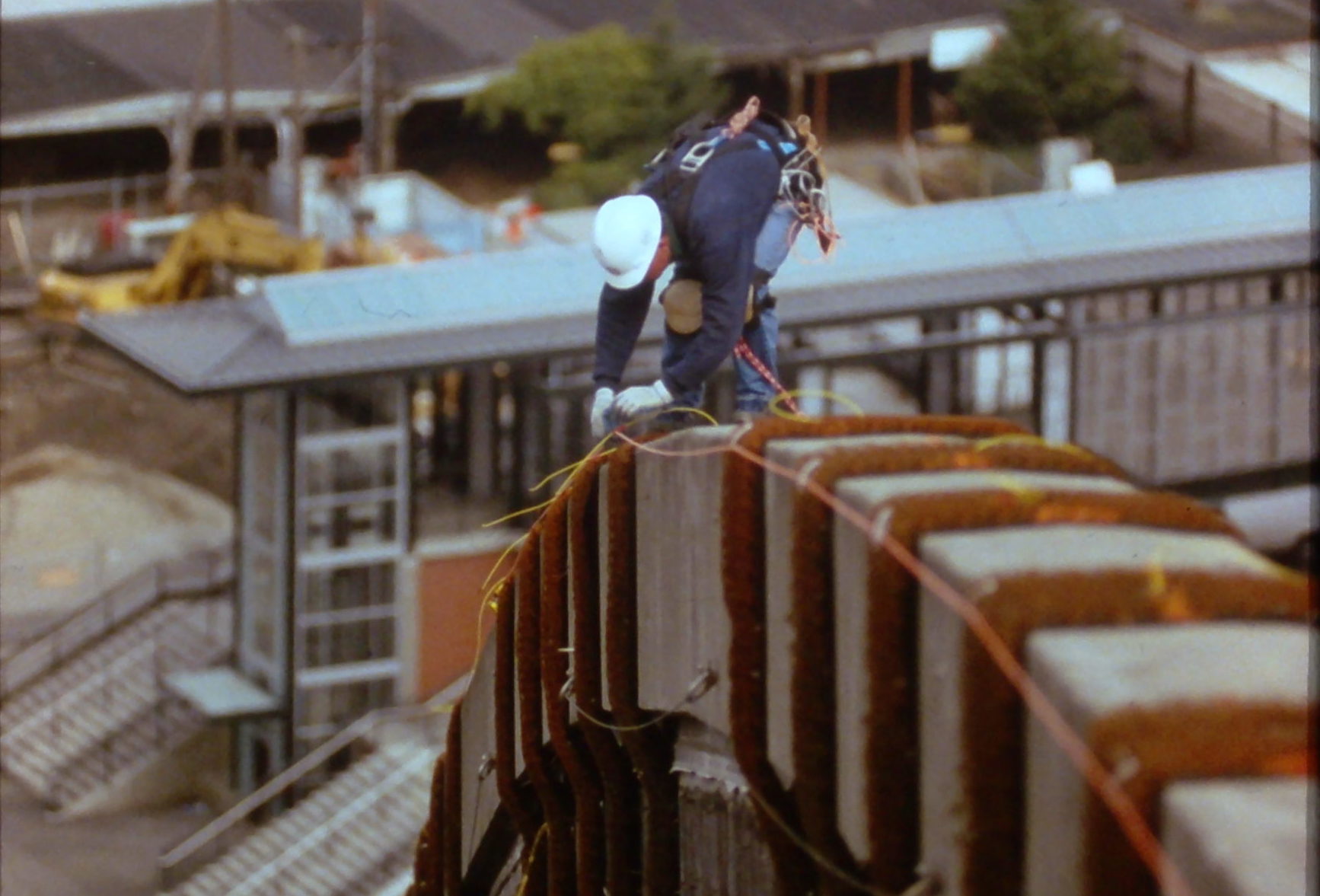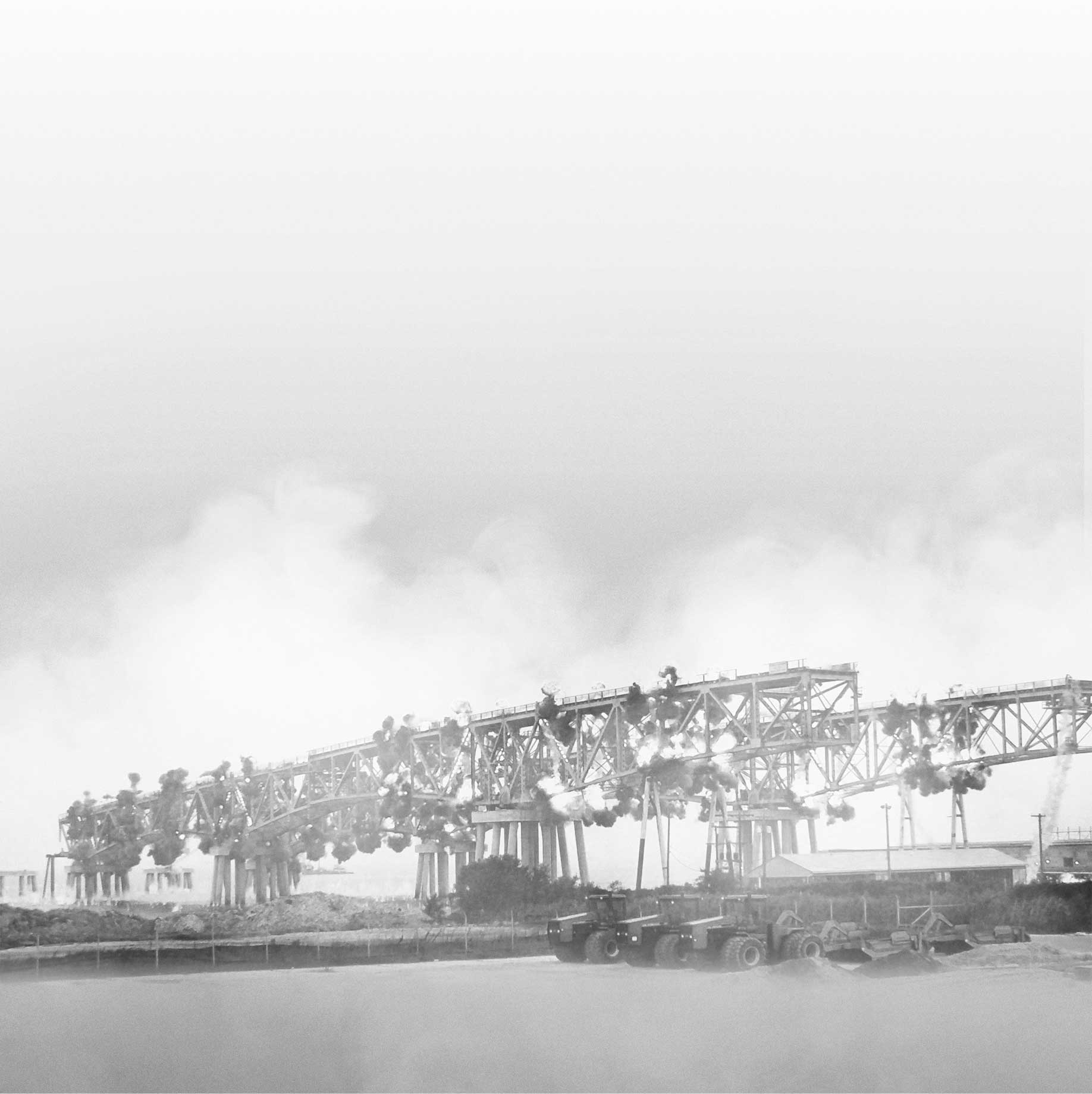The Seattle Kingdome

The greatest technical challenge of the Kingdome Project was to control vibration generated by the fall of 125,000 tons of concrete debris onto a reclaimed section of Seattle whose water table was just a few feet below grade. This vibration-sensitive geotechnical strata lay under critical Seattle infrastructure as well as adjacent historic, commercial and residential structures as close as 95’ away.
First & Goal, Paul Allen’s Holding Company, and the Construction Manager, Turner Construction Company (TCC), retaining the services of Loizeaux Group International to consider the demolition options for the removal of the Kingdome, the world’s largest thin-shelled concrete dome, covering a 660’ clear span. After more than a year and a half of structural analysis, investigation of site conditions/adjacent improvements to remain and consideration of all of the political and public relations aspects of the project, an implosion solution was considered to be the best and safest means of demolishing the structure.
PROJECT OUTLINE
TCC negotiated with Controlled Demolition, Inc. (CDI) to design the implosion of the Kingdome in a fashion which would mitigate the demolition’s impact on the community while supporting the fast-track construction of the replacement stadium for the Seattle Seahawks. CDI spent 4-½ months designing the demolition and working with TCC to generate implosion preparation and demolition specifications which TCC put out to competitive bid to a short-listed group of demolition contractors. Ultimately, a $9 million demolition contract was awarded to Aman Environmental Construction, Inc. (Aman) of Oakland, California who acted as the Prime Demolition Contractor with CDI’s implosion contract with TCC being assigned to them.
“The implosion was perfectly choreographed.” Everything went off exactly as planned, and Aman managed to complete debris removal of the well-fragmented debris months ahead of the critical path schedule required by TCC.”
Tom Gerlach, Vice President
PROJECT PLANNING
The greatest technical challenge of the Kingdome Project was to control vibration generated by the fall of 125,000 tons of concrete debris onto a reclaimed section of Seattle whose water table was just a few feet below grade. This vibration-sensitive geotechnical strata lay under critical Seattle infrastructure as well as adjacent historic, commercial and residential structures as close as 95’ away.
Rail lines serving both commuter and international service were also well within reach of the135’ tall, massive columns which circled the perimeter of the Kingdome, supporting the reinforced concrete ribs which transferred the load from the compression ring at the top to the tension ring around the perimeter of the 25,000 ton roof.
THE DETONATION
The free-fall felling of the 25,000 ton concrete dome alone would have created over 9 billion foot-pounds of energy, sufficient to do widespread damage given soil conditions in the area. To control vibration, CDI designed a program that would detonate small explosives charges to soften the roof structure so it would crush on impact (consuming energy) rather than letting it fall to grade intact. The implosion program divided explosives detonations into two (2) distinct but integrated phases, creating a sequential collapse to spread out the impact of debris at grade. Seating elements and ramps were pre-crushed by Aman were placed as windrows across the playing surface, below the dome, to further assist in controlling vibration from the fall of the structure.
Click HERE to watch the Kingdome implosion.


